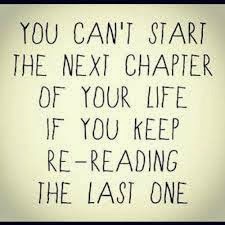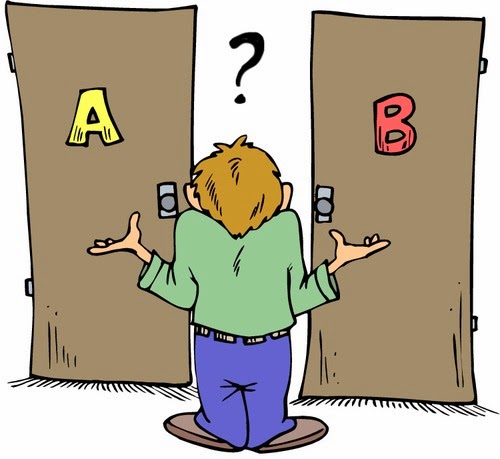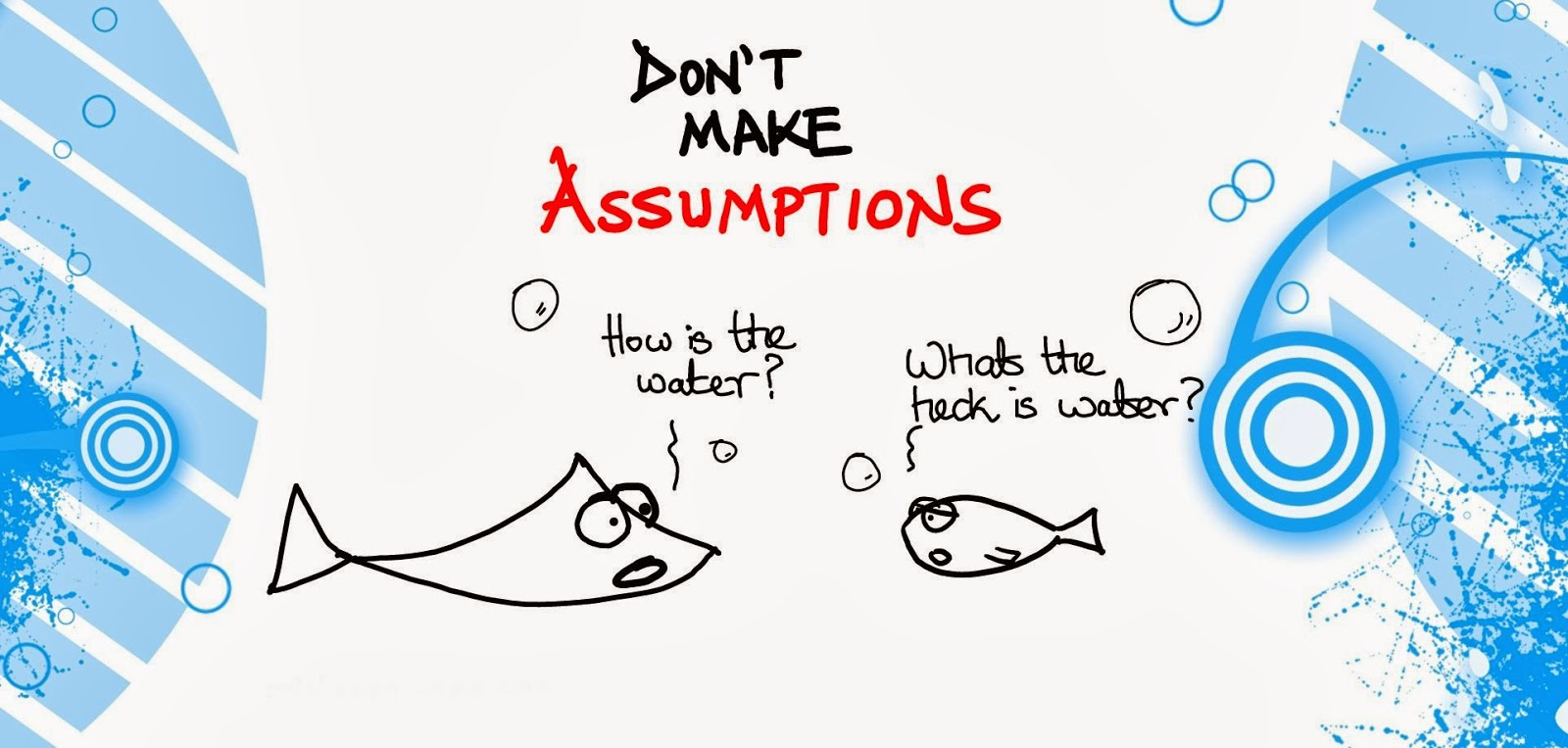Too often I find with coaching clients that the hard part is not deciding what to do (although this can be hard enough), the really hard part is taking that decision and translating it into a change. Just think of the number of New Year’s Resolutions that are dust within a matter of days* and you’ll know what I’m talking about!
I’m very clear as a coach that I am not a counsellor or therapist. I don’t have permission, training or expertise to go delving about in someone’s past. However I’m equally aware that sometimes the roots of present day issues brought into coaching conversations lie in the past.
Take Peter as an example (obviously all specifics are changed!). He is way too nice for his own good – he ends up taking on too much work for others and usually puts his own needs last. He’s come to coaching to work on his assertion skills. He’s also very aware that this stems from his difficult childhood where pleasing his parents was his default strategy. Knowing this however doesn’t help him show up differently at work. He sighs and says something along the lines of ‘That is who I am…’.
This is a conundrum for a coach. To what extent is a difficult past a rationalisation for not talking responsibility in the present? Do you take the conversation into discussion of the past in an attempt to undo past wrongs? Or is the work more about acceptance and looking to the future? To my mind the only legitimate choice is to help the coachee recognise the impact of past experience on the present and help them work out if they want different choices for the future. Do they want keep re-reading the last chapter or start writing the next?
I’m sitting today with a new coaching client – a likeable man in a demanding job, but stuck in the ‘either/or trap’. On one hand he wants to move on in his career but isn’t sure he’s got what it takes, but on the other hand he feels a sense of duty to his team, but loathes the culture of his organisation. He’s in the ‘either/or trap’ – stuck between two equally unpalatable choices, expending massive mental energy but not getting anywhere or making any decisions.
The ‘either/or trap’ is a classic dilemma that often presents itself in coaching conversations. Curiously enough the client will often show you this dilemma with their body language as well as their verbal descriptions – literally holding the two halves of their problem in their hands. This is a tip-off that the client has made the assumption that they only two choices, and the trick (if indeed it is a trick) is to help them step outside of this self-created mental limitation. This could be looking for a third way forward, or perhaps a compromise between their choices or… or…
One of the least useful pieces of advice I was given in my early career as a manager was ‘Don’t assume”. Surely if I’d know I was assuming I wouldn’t have done it! Assumptions are almost by definition outside of our awareness – they are simply the water we swim in. We develop habits of mind as well as habits of action, as a way of short cutting life’s routines. After all, if we had to re-decide all our decisions everyday, including which side of the bed to get of, we really wouldn’t get much done. However many of our assumptions – our habits of mind – as well as being invisible, are simply outdated, have ceased to serve us and need revision.
On our own it is often very difficult to see what is an assumption and what is fact, so one of the more useful ways a coach can serve us is to help us see our assumptions afresh and give us the chance to do a bit of much needed rewriting.
We’ve all probably been taught about active or deep listening – and many of us have got very good at this. However an under-developed skill in coaching I believe is ‘listening for the assumption’. I have been surprised how many times in my coaching practice the real shift often comes when we can surface and explore the nature of the assumptions that are being made by the client.
If you move in coaching circles it can’t have escaped your attention that coaching supervision is considered the ‘done thing’. All the professional bodies speak of it as an essential element of good practice, and (rightly) refuse accreditation if a coach hasn’t adequate support. Possibly more importantly, purchasers are increasingly insisting on it and see it as a hall mark differentiating the professional coach from the amateur.
 I seem to work with quite a few folks for whom ‘confidence’ or more accurately lack of it, seems to be a root cause. Its not unusual therefore to get into a conversation with someone about how they are held back by their self-esteem and confidence ‘issues’.
I seem to work with quite a few folks for whom ‘confidence’ or more accurately lack of it, seems to be a root cause. Its not unusual therefore to get into a conversation with someone about how they are held back by their self-esteem and confidence ‘issues’.
A common theme I often hear is a contingent one – ‘I’ll be confident when… x, y, z is true’. Confidence will only become available to them some time in the future, and guess what, that time is always some way away. This theme is often allied with unrealistic self-expectations, and confidence seems to be associated with the need to be perfect … ‘I’ll be confident when I’m perfect’. And of course that time will never arrive for any of us.
Confidence only comes in the ‘now’ by accepting that you are never going to be perfect but that you are probably (already) good enough. That means taking responsibility for your state everyday and not postponing or procrastinating. As Susan Jeffers says ‘Feel the fear – and do it anyway!’
Just come back from an interesting talk given by Sue Knight, doyen of NLP coaching. Sue’s topic was ‘coaching with humour’ but what she really was talking about was using provocation in coaching. Sue made a convincing case that asking the provoking question – playing the devils advocate – should be a legitimate tool in our coaching armoury.
The T’GROW model is a classic framework for coaching conversations particularly those with problem-solving flavour. Here’s an unusual presentation of the model using Prezi, an innovative alternative to Powerpoint. Enjoy!
I spent a very restful week last week, walking in the sunshine of the Amalfi coast, staying with an Italian farming family. Like many Italian farmers, Pasquale, the head of the household, is finding the going tough at the moment. However he’s a man with a quiet passion … making his own wine from his own grapes. He only makes a 1000 bottles a year … not enough to be commercially viable… but definitely enough to treat family, friends, and the odd visitor, as well as keeping his dreams of becoming a niche producer alive.
Pasquale got me thinking about ‘passion and patience’ in the context of leadership. Sadly, I meet too many without either quality, who neither stir the heart nor stay the course. The patient but passionless leader resigns themselves to a life time of work they feel nothing for, while the passionate impatient goes off like a firework, leaving a trail of destruction in their wake often as not.


.jpg)



